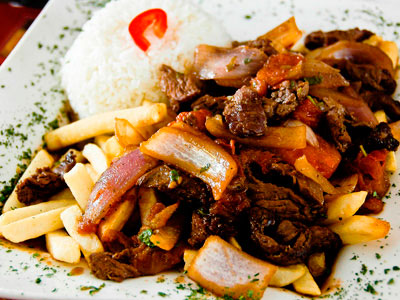
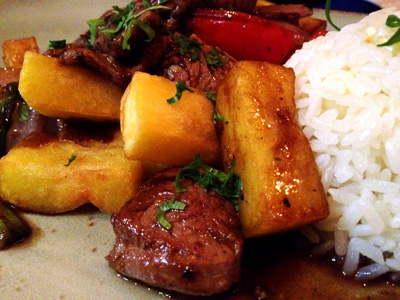
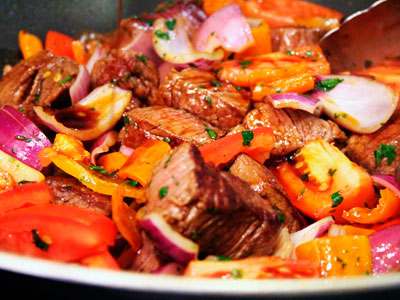
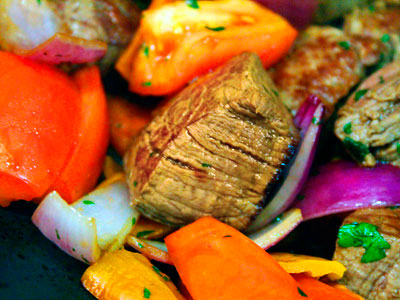
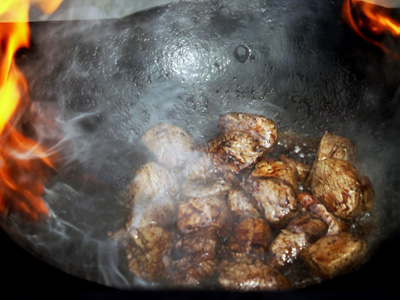

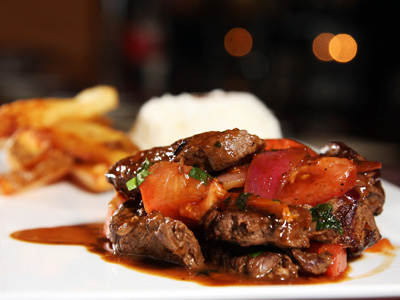
The History & Preparation of Peru´s Iconic Lomo Saltado
Lomo saltado (sautéed sirloin) is one of Peru’s most prevalent and iconic dishes, and a common metaphor for those who wish to speak about the country’s process of cultural mixing, or mestizaje.
Lomo saltado (sautéed sirloin) is one of Peru’s most prevalent and iconic dishes, and a common metaphor for those who wish to speak about the country’s process of cultural mixing, or mestizaje.
It’s traditional Peruvian creole dish dating back to the end of the 1800s and heavily influenced by Cantonese cuisine, which explains why a wok is considered the ideal pan. In the nineteenth century, the Pacific was a heavily transited route for trade and migration, with masses of Chinese immigrants arriving to the Peruvian coast to meet the demand caused by a boom in commercial agriculture there. Together with the Spanish, African slaves and freedmen, and the indigenous communities, they left an indelible mark on local cuisine.
At its most basic, strips of beef tenderloin, onion, tomato, green onions, and Peruvian chili peppers are sautéed with red wine or red wine vinegar, soy sauce, and parsley. In this humble form, you can find it in local menu eateries and on street corners. Lomo saltado is just as standard a menu option in more expensive restaurants, however, but different chefs will add their own touch to refine the dish, with common additions being pisco, wine, concentrated meat stock, and brandy. It’s rarely served without the requisite French fries and white rice, however.
If you’re planning a trip to Peru and compiling, you’ll have lots of opportunities to sample lomo saltado during your stay. Pirwa Restaurant in the Plaza de Armas of Cusco is proud to offer its own version of this iconic dish as well.
Fecha de Publicación: 12/01/2015

